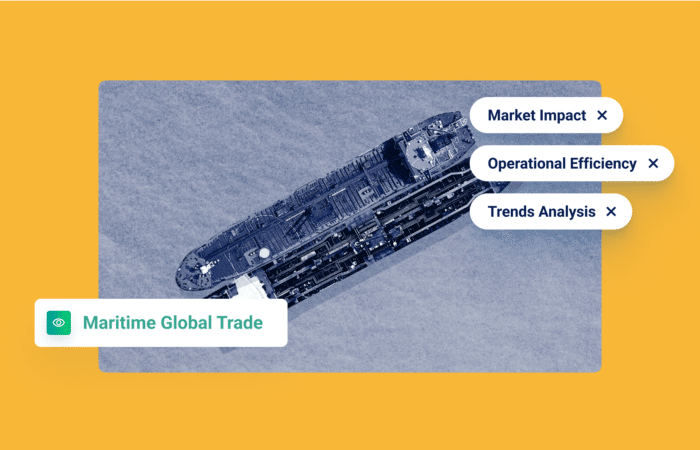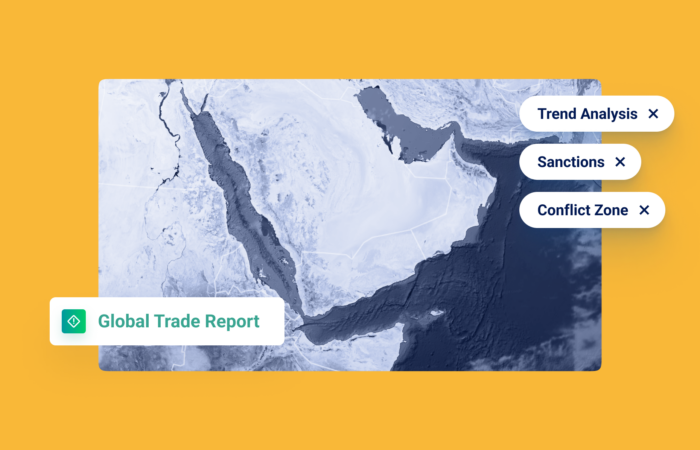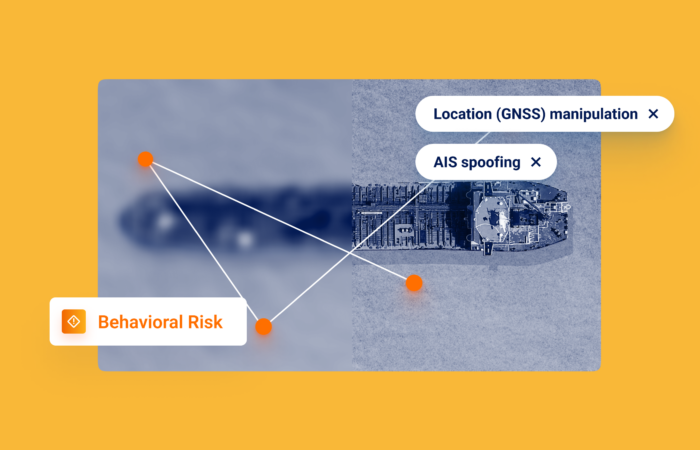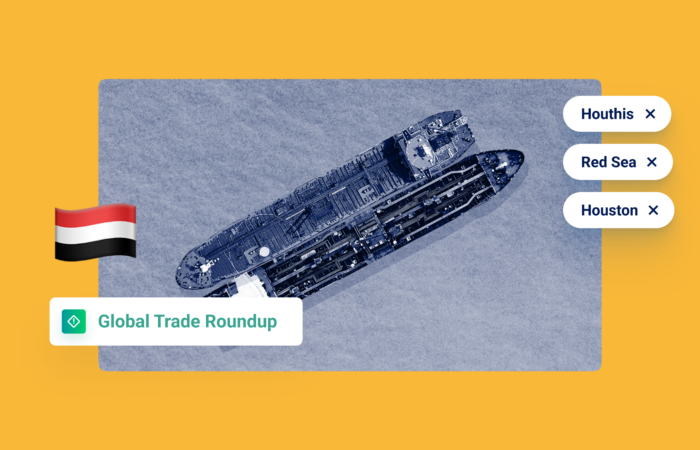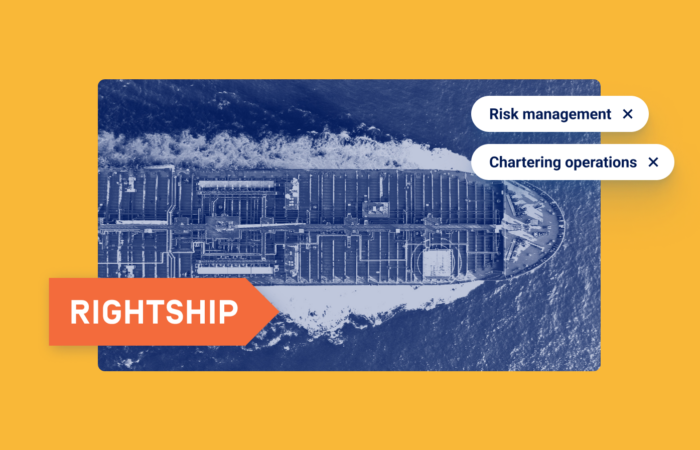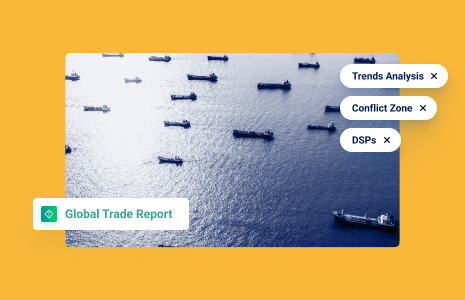What’s inside?
Following weeks of robust discussions and negotiations, EU countries finalized the 11th sanctions package levied against Russia that is already dramatically impacting global ocean trade for dry and wet bulk, and containerized goods. This package was also adopted by non-EU countries.
One of the main innovations in the 11th package is the transit ban on certain containerized goods, which is added on top of the import ban of oil and other goods. The EU was concerned about how items that were already subject to a ban on export to Russia never made it to their final destination, but somehow ended up in Russia during transport.
This blog post will explain the meaning of the package for containerized goods in the supply chain, highlight which items are banned and the accompanying codes, list which job roles/organizational personas need to be concerned, and offer a checklist to have you ready by the fast approaching go-live date: July 24, 2023.
Expanded Circle of Exposure
The impact of banning transit is far reaching for the global supply chain. The nature of the global supply chain is such that companies could have multiple tiers of manufacturing around the world. The major automotive manufacturers, for instance, famously use 10,000 stock-keeping units (SKUs) to assemble, manufacture and ship a single vehicle around the world.
Things can quickly get complicated.
Since June 10, 2023, there were +170 container vessel visits in Russian territorial waters, potentially carrying 303,192 TEUs. Approximately 45% of shipments globally include a transhipment, so it is difficult to arrive at a final number in terms of how many shipments are transported via Russia.
Most western executives Windward spoke to said they aren’t aware of any Russia shipments currently, but all of them conceded they don’t have a good handle on shipments that might be rolled or transited via Russia. Stopping this phenomenon is a major aim of the latest EU package, which is why all organizations in this space need to put controls and monitoring in place. There are European and G7 companies still trading in Russia openly, expanding the circle of exposure of BCOs and forwarders that may be affected.

Important Questions
Which products fall under the transit ban?
The transit ban was previously applicable to dual use goods and firearms, and the recent 11th package has expanded it to further significant sectors. Referring to the Maersk.com “Industry Sectors” as a benchmark for understanding the industry, the key industry sectors impacted are chemicals, automotive and technology.
More specifically, Annexes VI, XI and XX (to the EU’s Regulation 844/2014) define a list of products that are clearly delineated by the Combined Nomenclature (the EU’s customs codes, which are identical to HS codes for the first six digits) when they have been exported from the EU and may not transit via Russia. This includes goods and technologies that might contribute to Russia’s military and technological enhancement, or to the development of its defense and security sector. Also, goods and technology suited for use in aviation or the space industry, and jet fuel and fuel additives, are included.
What constitutes “transit” via Russia?
Transit is a ban on port calls in Russia (across the East & West Coasts), transit via Russian territorial waters and EEZ, as well as rollovers or transshipments via Russia.
What is the impact of violating the transit ban?
In most EU member states, it can result in criminal penalties, such as jail time for company leadership, important fines, seizing of cargo, etc. There may also be administrative sanctions, including fines, cancellation of export licenses, etc.
Who needs to adhere to the transit ban?
Anyone involved in the transit of the relevant goods could be responsible for a sanctions violation, depending on whether they are subject to EU sanctions jurisdiction, including: shippers, importers/exporters, BCOs and forwarders.
Insurers and banks subject to EU sanctions jurisdiction might be at risk if they finance or insure prohibited transit. Compliance and risk officers and general counsels should define the company policy, as well as the senior logistics teams that need to both bake it into the contracts and create monitoring processes to ensure goods won’t transit via Russia.
What do I need to do as a shipper or a logistics service provider as of July 24, 2023?
Any shipper/logistics service provider (LSP) should be aware of the new sanction region and make sure to:
- Implement safeguarding measures aligned to EU Sanctions Package 11
- Check if shipped goods fall under the ban based on the CN codes
- Implement a procedure to screen vessels and companies which operate in Russia
- Track the container routes before and during their journey, ensuring they are not shipped via Russia
- Identify behavioral red flags for illicit dark activities and AIS manipulations
- Obtain contractual assurances from counterparties where relevant, possibly with verification processes
How Can Windward Help?
We provide a full trade compliance solution for shippers & forwarders. Including:
- Vessel and company sanctions screening
- Indicators for vessels previously sailing under the Russia flag, and/or companies located in sanctioned countries – aligned with EU regulations
- Live monitoring and alerts for shipments traded via Russia
- Delivered via both UI and API
The screening is executed by the customer uploading the “usual identifiers” – container number, SCAC code/MBL and the CN/HS codes into the Windward platform. Windward then screens the vessels, and highlights any red flags related to the Russian transit ban. We will screen the CN/HS codes based on the different annexes and lists of the transit ban as they are updated in a timely manner.


